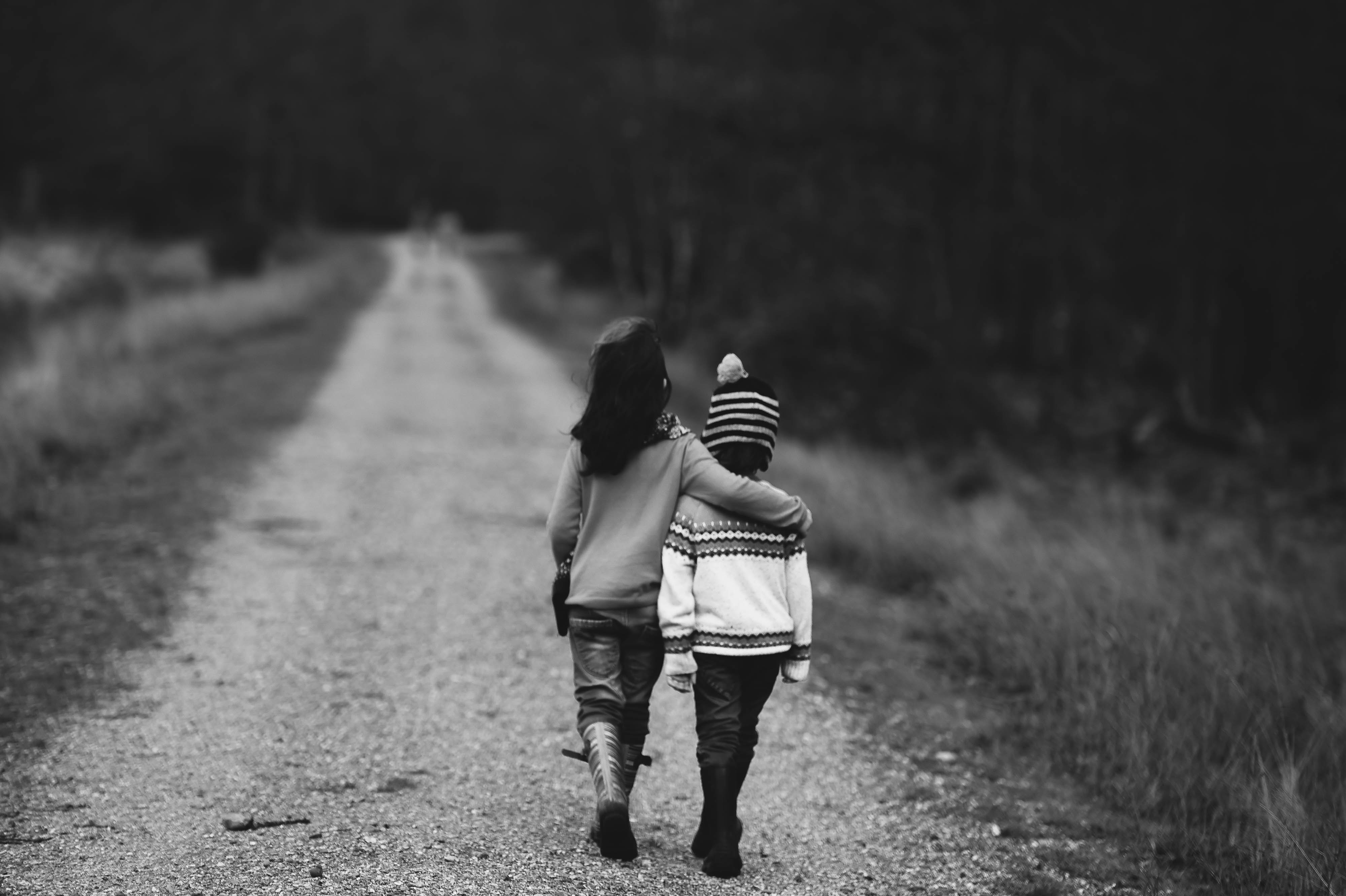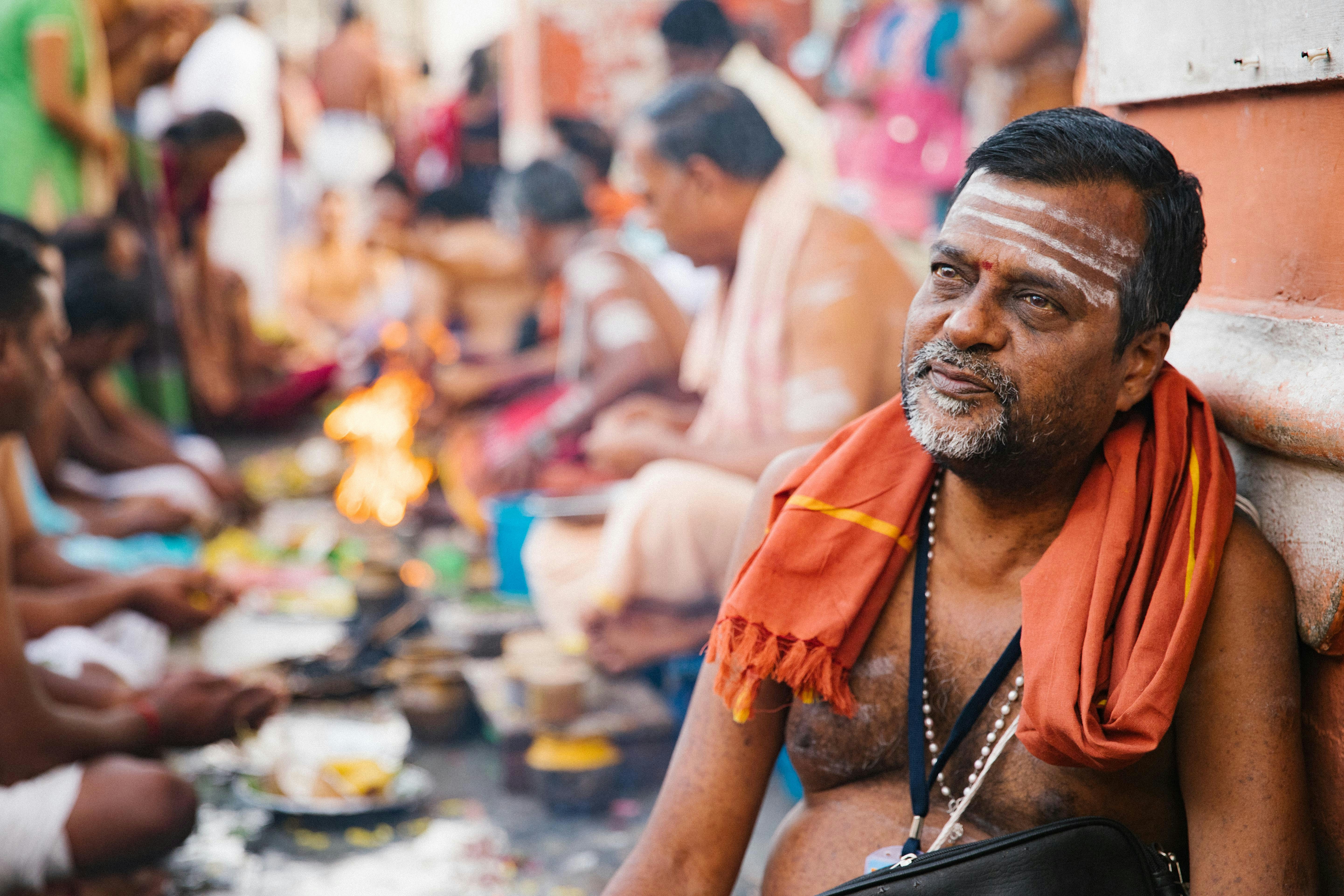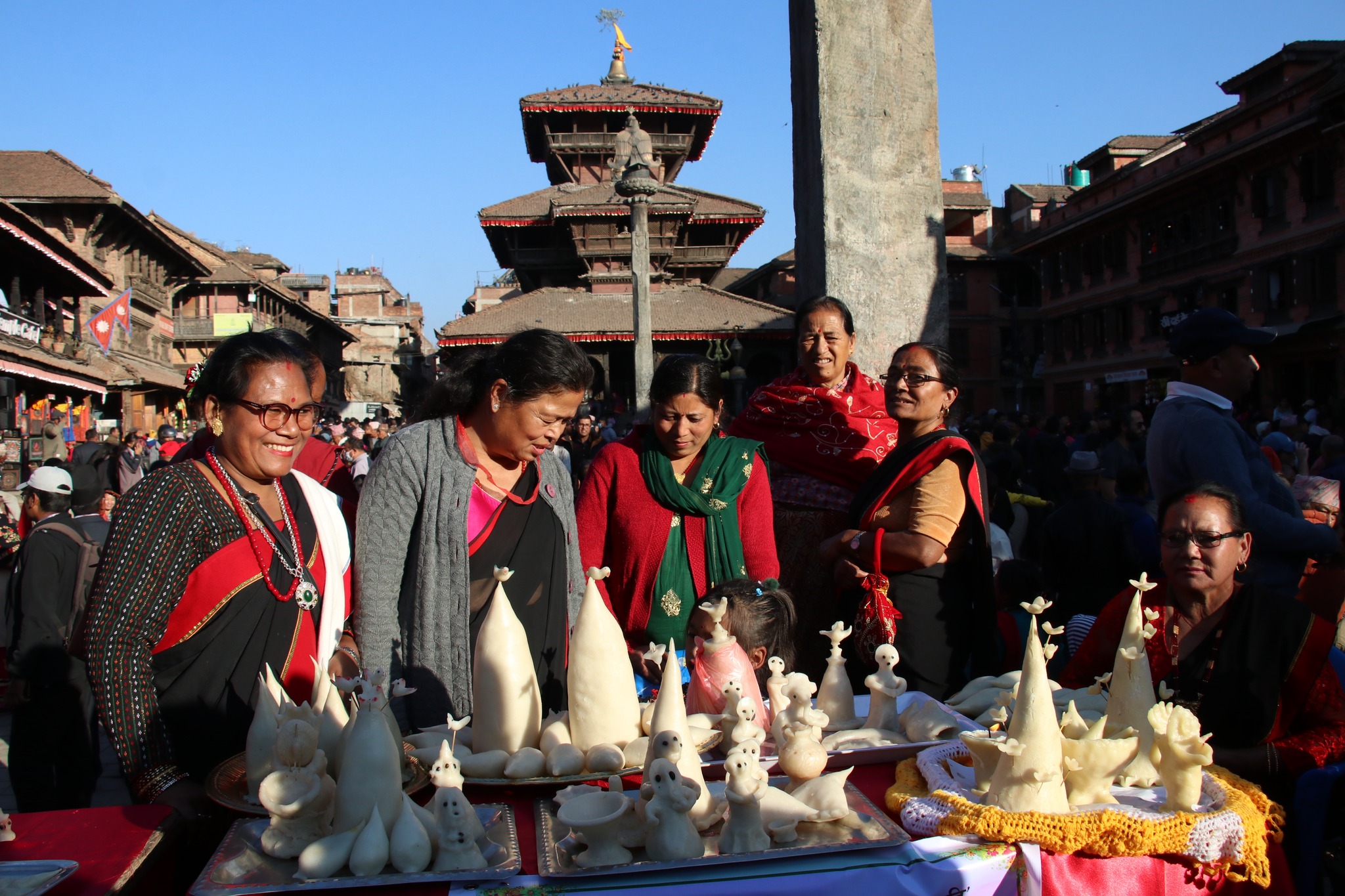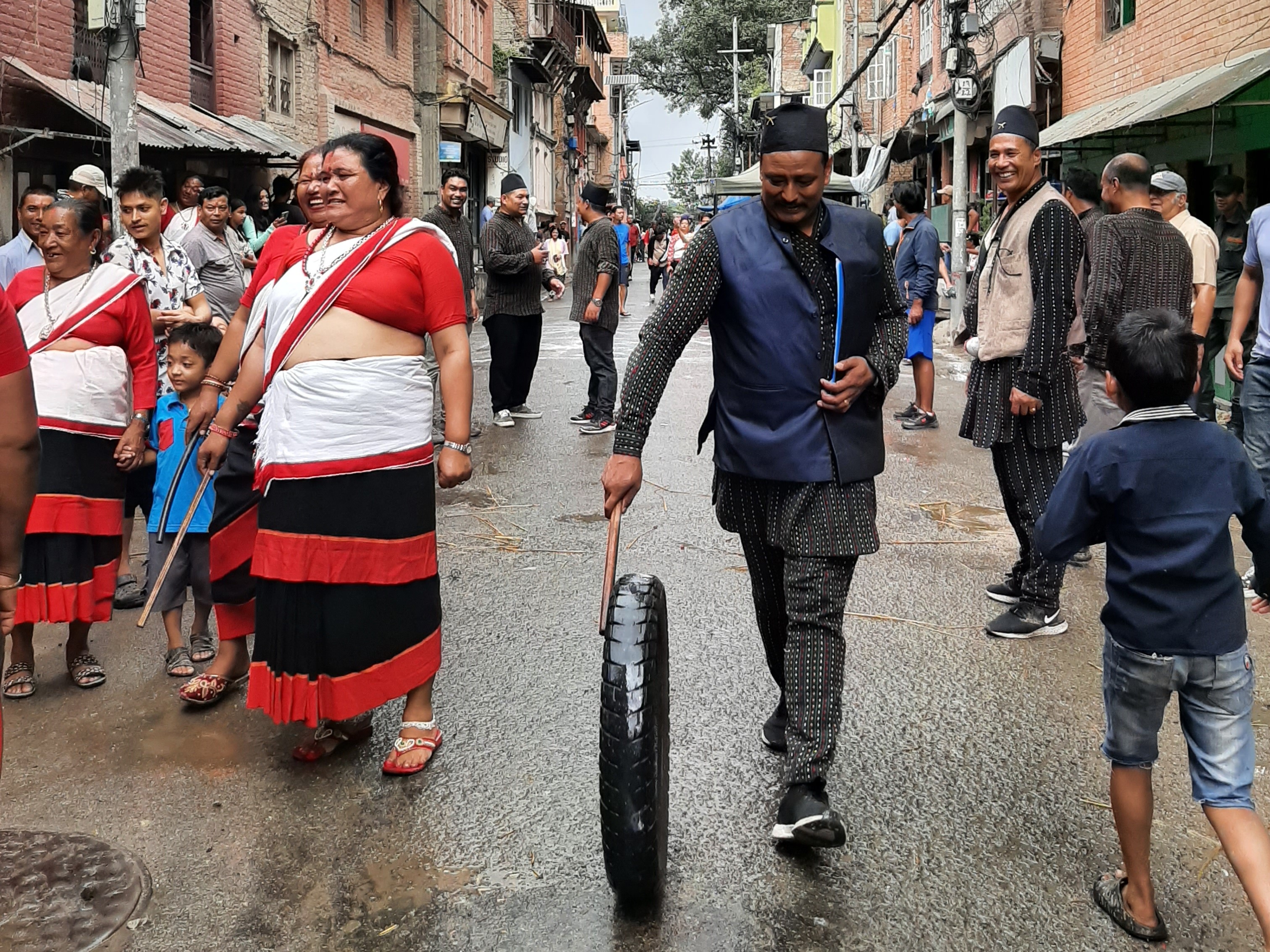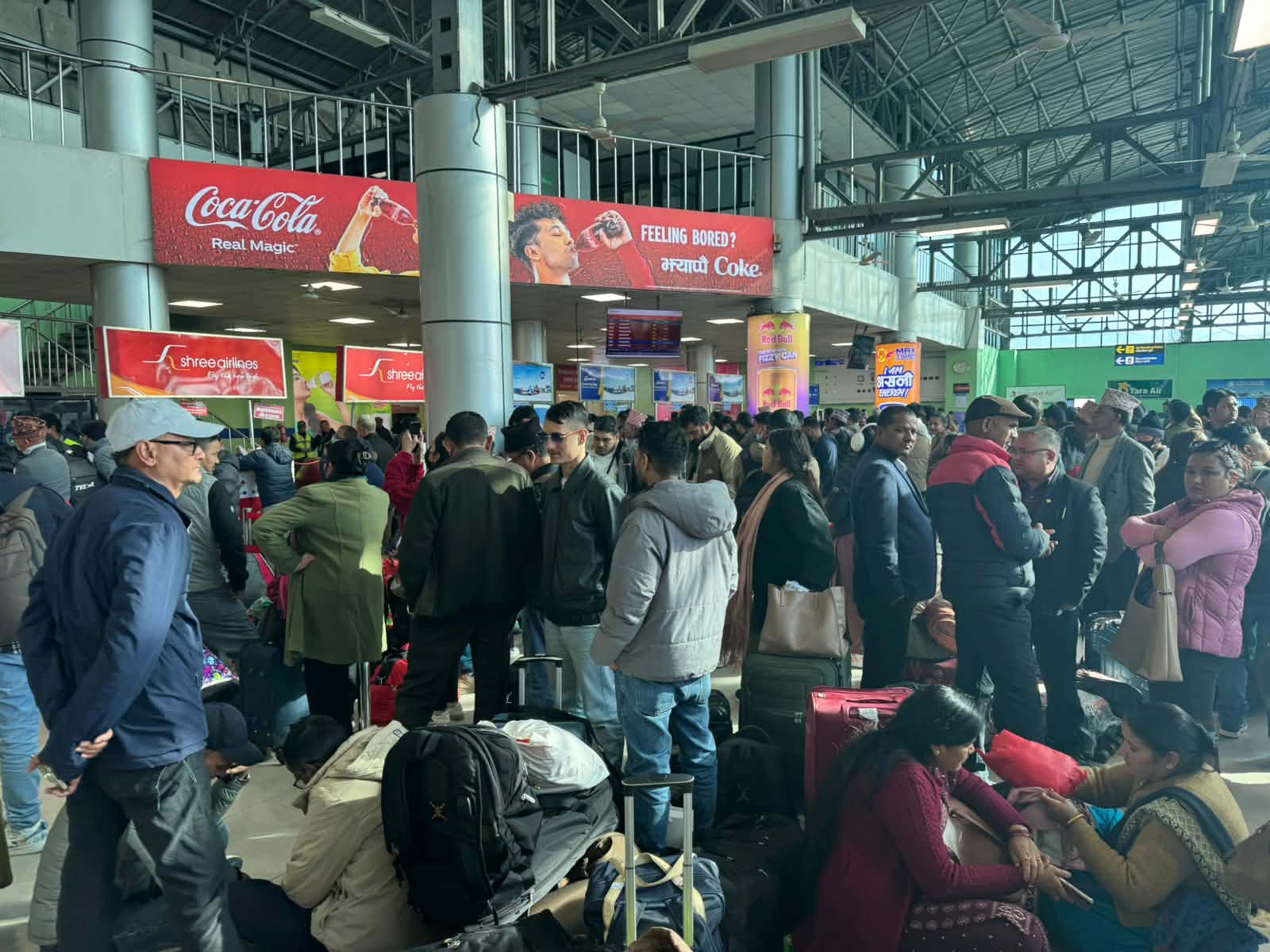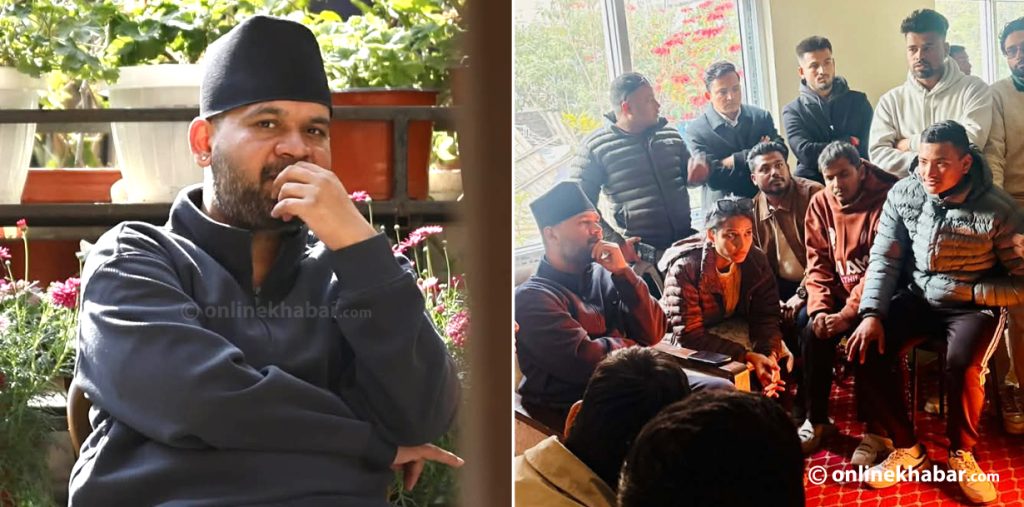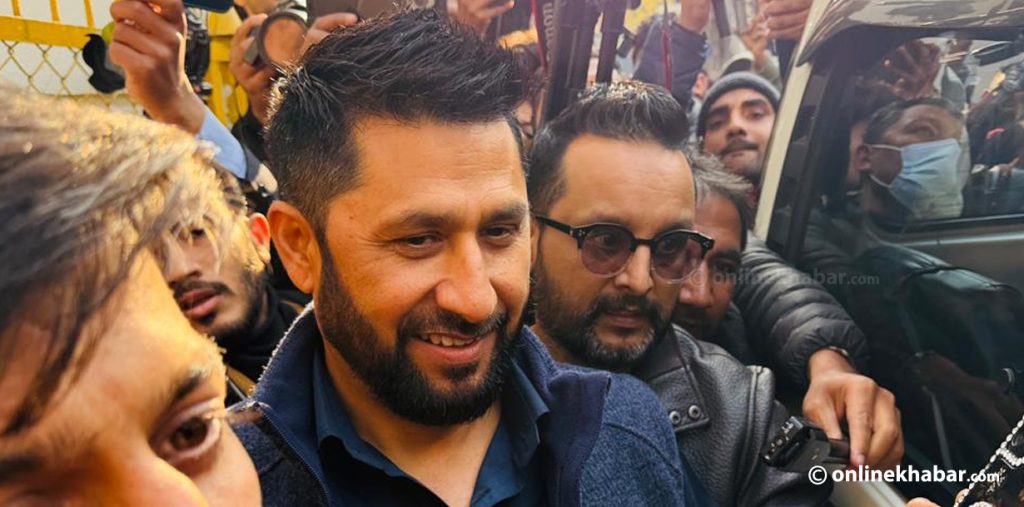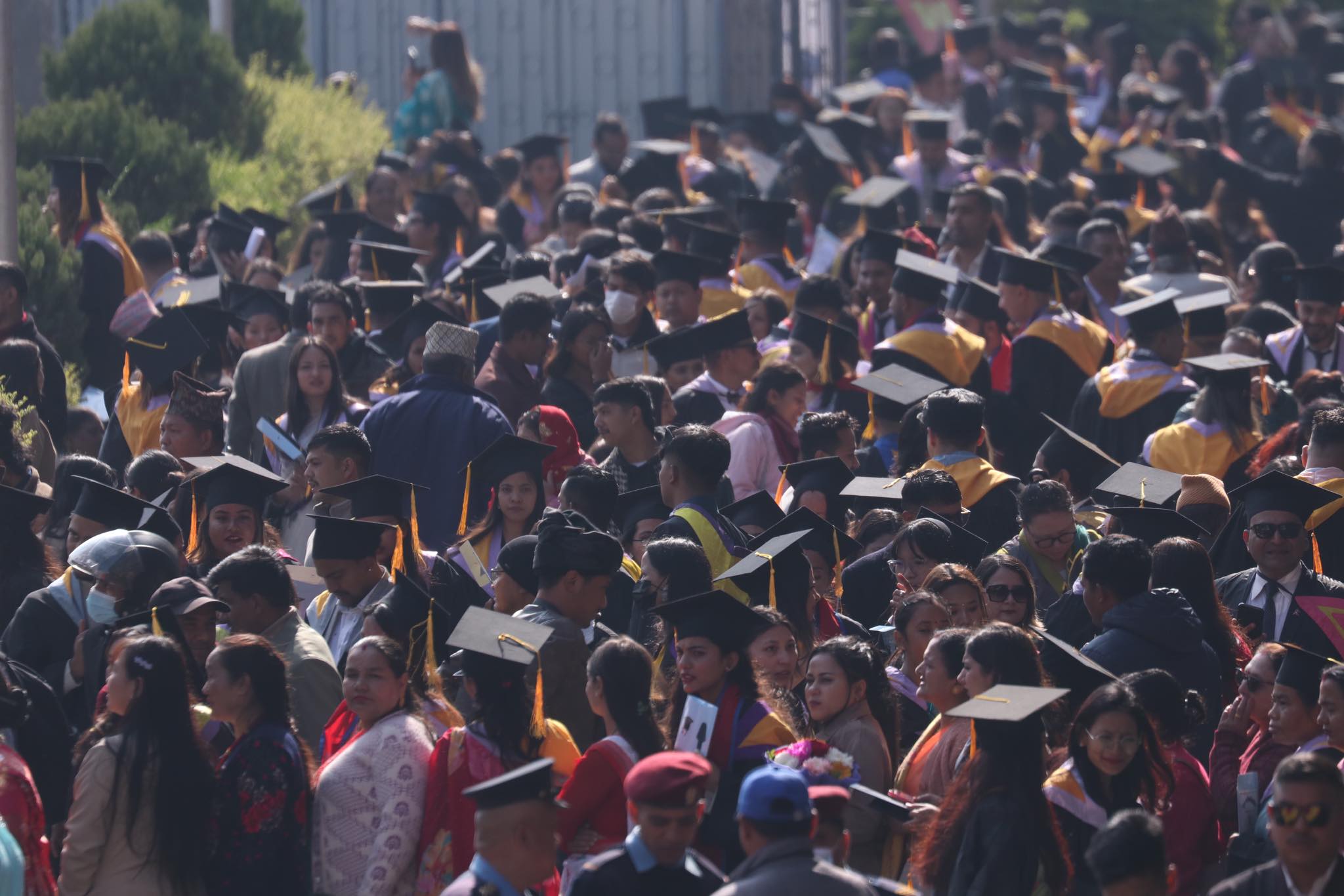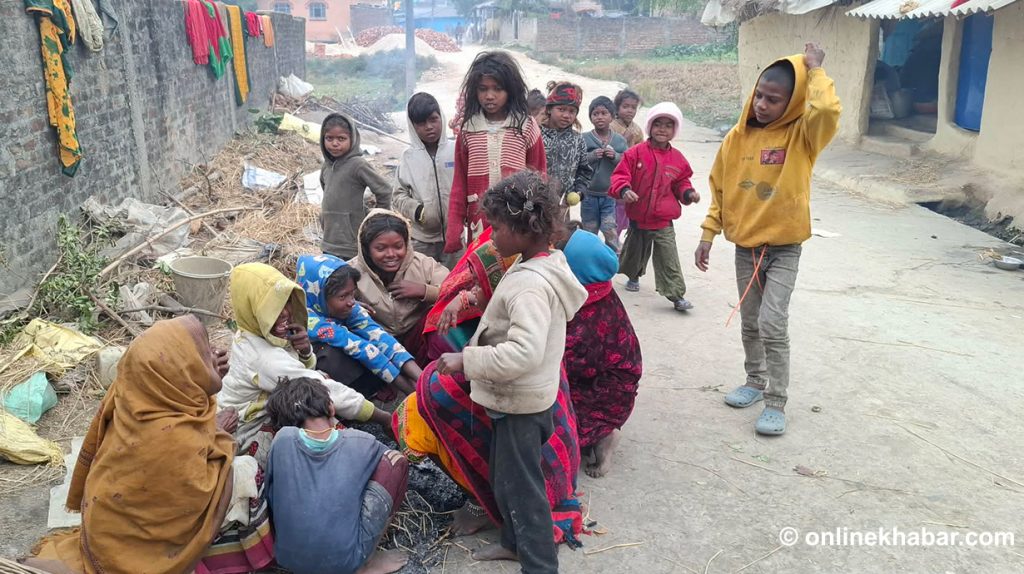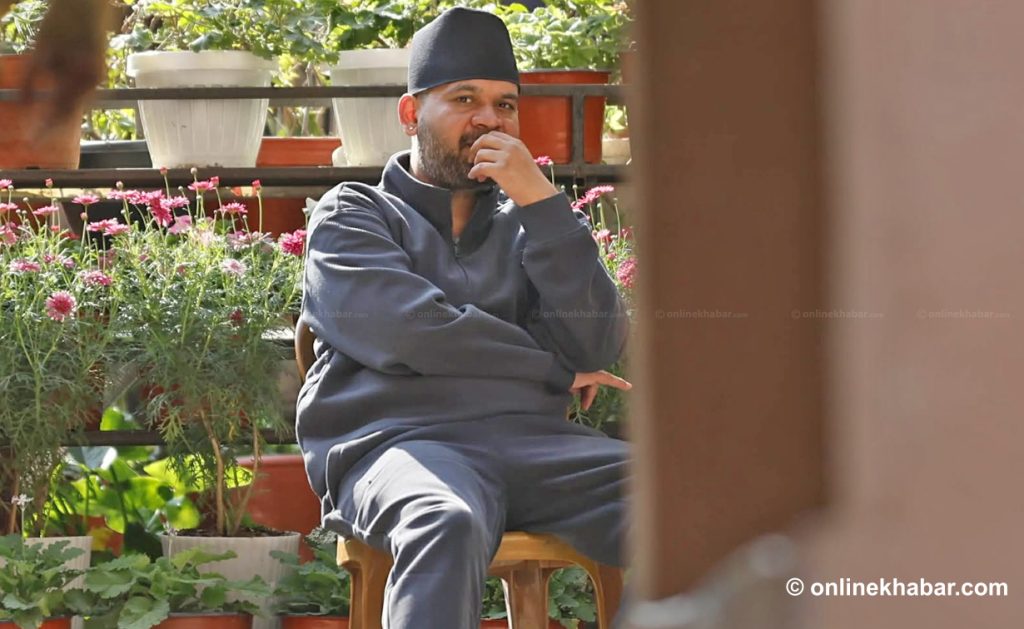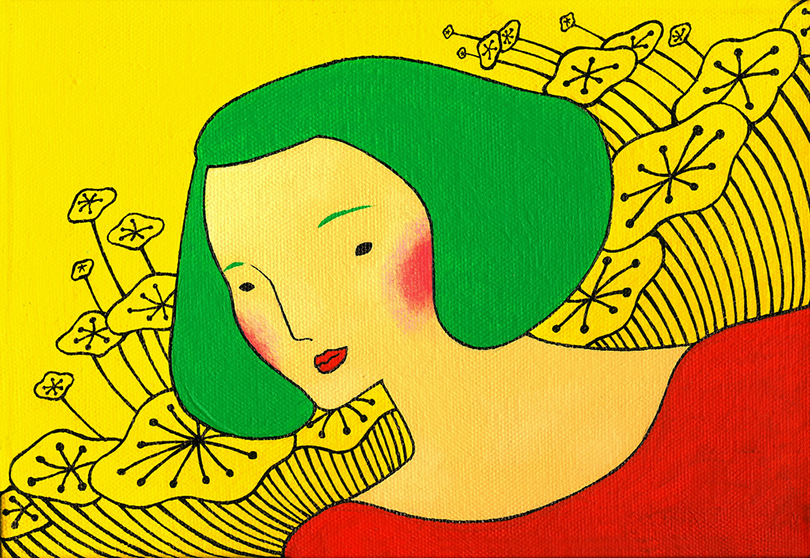
hana jang/Flickr
All the women we met in Croatia were called Maria. The first was the owner of the lodge who had already booked out her rooms.
“Sorry,” she said, holding her pregnant belly, “but you can go to Maria’s lodge next door.”
Maria of the lodge next door was a warm, welcoming grandmother who had many stories to tell. She had lived as a refugee in the Istria, lost a child and her husband in the war that tore Yugoslavia into seven countries.
“This village was bombed. Neighbours were killing neighbours in the streets. I had five children and we had no food to eat,” said Maria, filling our cups with Bosnian coffee, “We were always hungry.”
Psh and I sat at her table, not knowing what to say, wanting to apologise for what she had gone through but not knowing how. War is a terrible event.
It is also a terrible topic to talk about with people who have lived it, felt its enormous pain and survived its losses. As children in Nepal, we had watched war reports from Yugoslavia on tv, read about mothers crying over the deaths of their children in newspapers, and never imagined we would be in the same room with one of them. The places and the people had seemed so far away then, dehumanised by the language of distance and differences.
“My youngest would say, Mama, I’m hungry. All I could do was cry because I was hungry too,” said Maria.
The door to her small living quarters creaked open. A little face peeked in.
“Look! It’s Maria, my granddaughter,” said Maria.
Little Maria was a lean and lanky four-year-old with dark eyes and cheeks flushed pink with sleep. She ran to hide behind Grandma Maria’s chair.
“I’m hungry,” said Little Maria to Grandma Maria.
“What would you like to eat?”
“Riza,” said Little Maria.
Little Maria, it turned out, was a fan of rice. When Grandma Maria found out that Nepalis eat a lot of rice, she asked us what kind of rice we ate and how we cooked it.
“We just boil it in water,” I said.
The answer seemed to underwhelm Grandma Maria, who was adding salt to the water in Little Maria’s rice.
“We also boil it in milk and add nuts and raisin,” I said, giving her a recipe of kheer, which I had never cooked.
Grandma Maria seemed satisfied. Little Maria was turning cartwheels on the couch.
The fourth Maria we met was at Plitvice National Park. We didn’t meet her so much as we tried to outrun the group of tourists she was leading, her mascot of Winnie-the-Pooh tied to a stick, reflecting rather eerily in the clear water of the lake where schools of fish swam. The park was pristine and the visitors were many. All the online forums had warned about people swarming the place.
Psh and I woke up early, loaded our backpacks with sandwiches and fruit, and headed to the park gates at its opening hour. Already a small crowd was trickling in and a bus was offloading a group of senior tourists.
“Hi, I’m Maria,” said the group leader, tying a stuffed Winnie-the-Pooh to a stick. Psh and I hurried to the ticket gates.
The walkway was empty as we headed downhill to the Big Waterfall, the lake water pooling in hues of green and gold in the morning sunlight. We stopped to drink in the sight, the water falling many metres, the lake stretched out on either side of us, the forests in the distance, the quietness of it all. That is, until an army of feet plodded our way. Before we could gather ourselves, a few of the tourists had gone past us. An army of them was heading our way.
We took photos in passing, apologising to fellow tourists as we hurried past. The downhill climb turned into a narrow wooden walkway with clear water and shoals of fish on either side. A misstep meant not just being dunked into water and frightening the otherwise happy aquatic creatures but also violating park rules. None of the possible consequences appealed to us. Thankfully, Maria stopped her group of 50 tourists, waved her Winnie-the-Pooh on a crucifix and signalled us to pass them by.
There are many variations of paths that visitors can take at Plitvice. We hiked the touristy paths in the morning before heading up the more arduous trails to get a bird’s eye view of the place. The time required and difficulty of the higher trails meant less tourists on the path. What we did not expect were more photographers. Psh and I found ourselves waiting for photographers to finish their shots so we could slide past their many equipments scattered on the narrow pathway.
Maria was the Barista at the small coffee shop that catered to the Park’s visitors. She also sold ice-cream and postcards that revolved on a rotating shelf outside the shop’s door. Psh and I were devotees of caffeine. Every day around 4PM, we needed coffee or endured headaches and became extremely irritable. The phenomenon could be called addiction, but being in denial, we called it Tea Time and drank coffee. It didn’t matter that we were hiking in the hills. An hour before 4PM, we were already heading toward the closest coffee shop in the park, the ghost of caffeine withdrawal chasing us all the way.
The last Maria we met in Croatia sat next to me on the bus we took from the coffee shop stop to the park’s exit. Maria had many questions for us. We didn’t have as many answers. The eight-hour hike had left us exhausted and famished.
“There is still so much to see,” she said, “Why don’t you stay?”
“All have us have to leave at some point, anyway,” I said.
We got off at the exit but Maria stayed. Then she was gone with bus, the reflection of forest fleeting on its tinted windows.
(This article is the third chapter of a series. Read the second chapter here. The writer is based in France and can be reached at abhaeli@protonmail.ch.)





